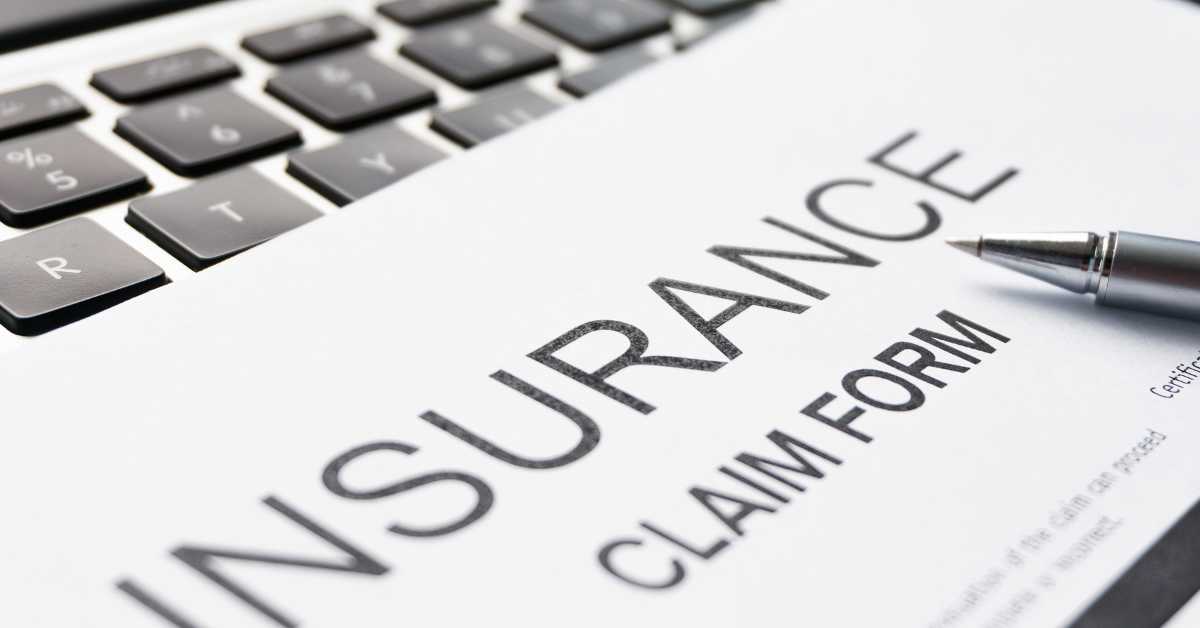
When you are involved in a car accident or slip and fall on another person’s property, you may decide to file a claim with the at-fault party’s insurance provider. If they approve the claim and make a settlement offer, the amount will be unique to your case. But how do insurance companies decide what a claim is worth?
Learn more about the insurance claim valuation process below. Understanding common injury compensation calculations can help you make an informed settlement decision.
Many insurance providers who pay personal injury claims account for the claimant’s economic and non-economic damages. Measuring one’s economic losses is often simpler. To do this, adjusters review official documents outlining all concrete expenses related to an accident, such as:
The sum of economic damages is just one factor in a settlement calculation. How do insurance companies decide what a claim is worth after having this information? To compensate someone for their pain and suffering, insurers may use a formula known as the multiplier method.
They review the severity of an injury based on its long-term effects and assign that injury a number between 1.5 and 5. They then multiply the sum of all economic damages by an appropriate figure, with more serious injuries garnering higher multipliers. The total represents the claim’s worth, according to the insurance company.
For example, if someone sustains minor injuries, an insurance adjuster could assign them a non-economic damages multiplier of 1.5. If their total economic damages are $30,000, the initial settlement offer would be $45,000.
Insurance adjusters may not immediately offer the settlement offer a claimant hopes to receive. Factors that impact the offered amount include:
If you’re wondering, “How do insurance companies decide what a claim is worth?” the information outlined above provides good insight. However, claimants who are partially at fault in an accident may not be able to recover maximum compensation due to Florida’s modified comparative negligence statute.
This legal principle states that those who are more than 50% at fault in an accident cannot recover damages. A claimant with a fault percentage under 50% is eligible for compensation, though their payout will be reduced according to their assigned percentage.
Let’s say someone is texting while driving, but another motorist runs a red light and strikes them. The court will assess the relevant evidence and determine the fault percentage for each party.
In this example, the texting driver is deemed 30% at fault, while the motorist who ran the red light bears 70% of the fault. If the victim accepts a settlement offer of $100,000, they would only be eligible to receive $70,000, given their percentage of fault.
How do insurance companies decide what a claim is worth? Is it better to go through the claims process alone or with a lawyer’s assistance? There are some common questions we receive at Fenstersheib Law Group, P.A.
Consult our experienced attorneys about your personal injury claim and discover what it could be worth. To schedule a consultation, call 954-456-2488 today.

The Lawyers at Fenstersheib Law Group, P.A. provide
personalized legal representation for personal injury cases.
FREE CONSULTATION 833-TellFLG • (954) 456-2488